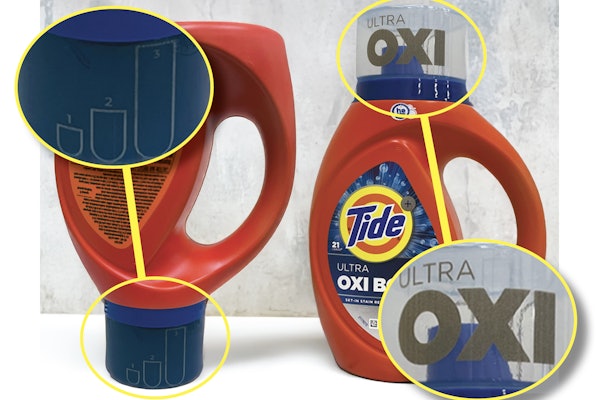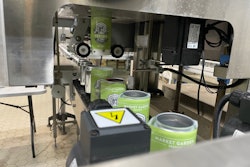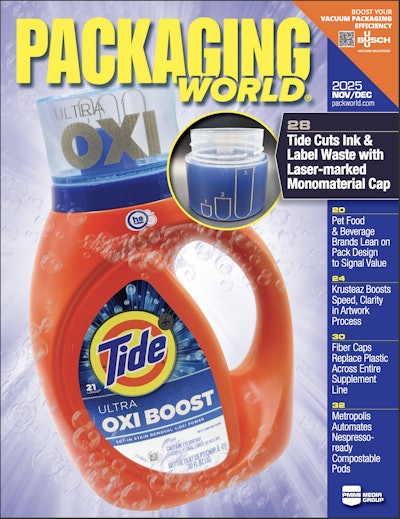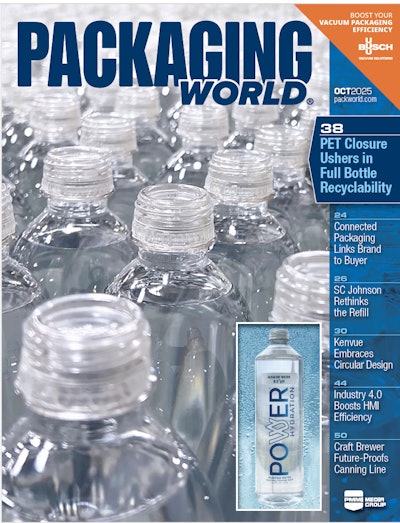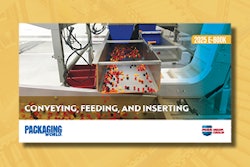Color is one of the fundamental emotional drivers that make a package a persuasive sales tool. But color should be used knowledgeably and reflect a thorough understanding of both your product and your competitive shelf set—especially if you are going to market your product overseas.
Many consumer packaged goods companies are doing a better job of selecting package colors that address both of these considerations. However, challenges also arise in color and a third area that’s growing in importance: getting the color right for different cultures around the world. A color that works well for residents of one country might be a failure in another country, or even for two different regions within the same country.
China is a good place to study the local contrasts packaging with the West. Yellow and red are very strong colors that command Chinese consumers’ attention, according to ibusinesstip.com. Hence, they work well in product packaging, too—for many products. Yet for personal care and household products, Chinese consumers prefer white and pastel colors.
Look to some of the leading U.S. brand owners for additional color-related cues. General Mills, according to an ibusinesstip article, adapts the colors on its product packaging to be bright and flashy. Kimberly-Clark has equity in the brightly colored and somewhat abstract flower patterns on its Kleenex cartons in the U.S., but in China, its packaging features pastel colors and small, delectate, realistic-looking flower photography.
Other areas of the package where there can be differences in design considerations in China and the West include labels, typefaces, and structural design.
Take a look at how Coca-Cola designed Olympic-themed packaging for the Olympic Games in Beijing, China.











